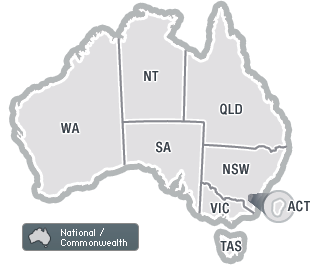To address safety risks effectively, employers must understand how all managerial decisions affect workplace health and safety, and apply that knowledge to all business decisions, according to Safe Work Australia's fourth and final report on the role of accounting in WHS governance.
The new report, Performance Measurement, Incentives and Organisational Culture, and its three predecessors (see related article) form part of a broader project aimed at developing a standardised set of lead and lag indicators for businesses to use in annual reports.
Tailored employee surveys designed to measure an organisation's safety climate should form part of a "suite of lead and lag indicators of WHS performance that are essential to informing leaders about the identification and control of critical risk factors", the new 30-page report says.
"Comparisons in survey results over time provide feedback to managers on the perceived effectiveness of managerial interventions and highlight where strategies and policies may need rethinking," it says.
According to the report, workplace leaders "control the practical mechanisms" that shape their organisation's safety climate, and continually influence that climate through their decisions on both health and safety and on the work environment more generally.
"To address WHS risk effectively, leaders must understand how (all) managerial decisions are likely to impact WHS and then apply that knowledge when considering any and all business decisions," it says.
"This holistic, organisation-wide approach to managerial decision-making is reinforced in the officers' due diligence obligations in Australian WHS legislation.
"It demonstrates that safety leadership is not simply about leading safety, it is about leading (the business) safely."
The report also says that management and accounting controls relating to safety performance and broader business objectives "play a vital role in shaping the safety climate that underpins cultural change in WHS".
The way management control systems are designed and implemented "contributes significantly to employees' lived experience of WHS" because "competing controls and incentives can operate to radically undermine, rather than strengthen, the organisation's best WHS efforts", it says.
"The problem is perhaps most evident where a WHS management system targets the policies and practices governing frontline employees while, at the same time, the broader corporate and organisational practices, policies and incentives that subject the employees to hazardous work conditions or pressures remain unchanged."
SWA announces top five seminars for manufacturing sector
In other SWA news, the agency is calling on employers and workers to watch the "top five" seminars on safety in the manufacturing industry from its October Virtual Seminar Series. They are:



